
views
Aging a Whitetail Buck Based on Its Size
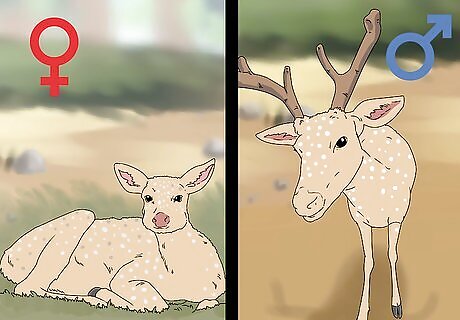
Learn what female deer look like. A doe is a female deer and is commonly confused with young male deer, or fawns. Female deer do not have antlers and neither do fawns. Typically, the top of a fawns head will be much flatter than a doe's head. Female deer will have longer, more muscular necks than young male deer.
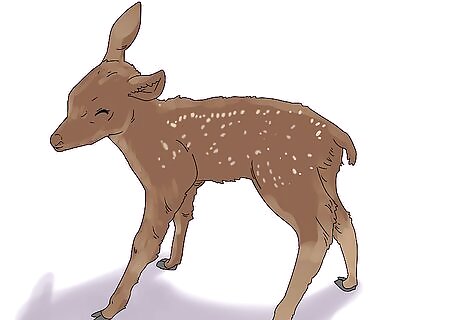
Study what baby deer look like. Fawns, or baby deer, have small, square bodies, square heads, and large ears. Their bodies and legs are thin and haven't built any significant muscle definition. Sometimes fawns will not have any antlers, so they are easy to confuse with does.
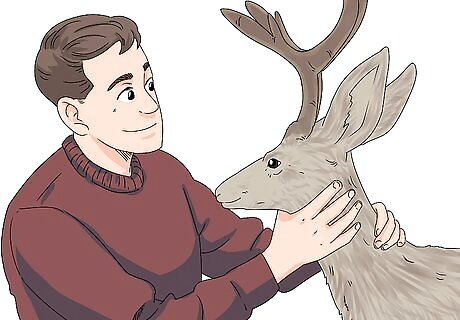
Examine the neck width. Young bucks will have much thinner necks than adult bucks. Once the deer reaches 3 to 3.5 years old, the neck will begin to start to look more muscular. By 4.5 years old, the buck will have a muscular, proportionally sized neck. During breeding season or the rut, a buck's neck will become swollen and large.
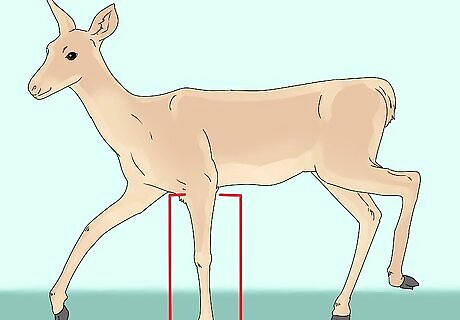
Look at the deer's legs. Young deer's legs look much thinner and longer in comparison to its body. Up until three years old, the legs will maintain this thin and long appearance. When the deer reaches 4 1/2 years in maturity, the legs will often look much shorter and stockier in comparison to younger deer. You should also look for dark tarsal glands. These can be found at the joint on the deer's leg and are darker the older the deer is.

Study the deer's body. Young deer will have much smaller stomachs and torsos than fully grown deer. Examine the deer's stomach. If it looks stocky or bulky, there's a good chance that the deer is fully matured. Another area to look at is between the neck and chest. As the buck ages, this area will also become larger.
Aging a Buck Based by Its Antlers
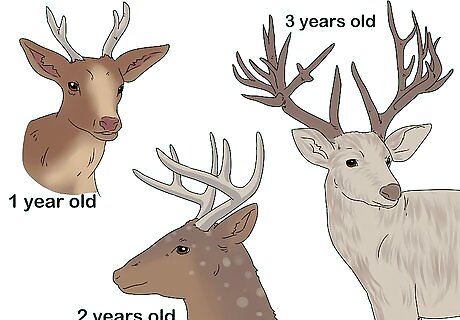
Look at the length of its antlers. Get a side view of the deer and take a look at how long the antlers extend in front of its face. An older buck's antlers will stick out about as far as the deer's nose. Adult deer's antlers will typically jut out 20 inches (50.8 cm) or more in front of their face. If the antlers do not protrude far in front of the deer's face, there's a good chance that it's a younger buck. It may be hard for novice hunters to determine an age of a buck by its antlers because they grow at different rates depending on the health of the habitat.
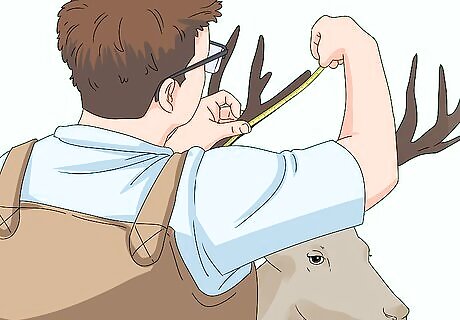
Examine the antler spread. Look at the buck straight on and try to estimate the distance in between both of his antlers. Antlers will almost never be larger than 14 inches (35.56 cm) apart for bucks who are younger than 2.5 years old. Once the buck is 3.5 years old or older, the antler diameter will typically grow to over 15 inches (38.1 cm).
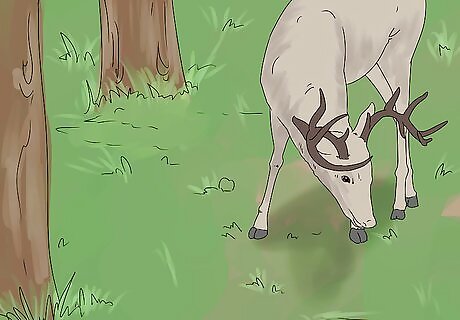
Understand the deer in your area. The size of deer antlers will often heavily depend on the healthiness of the habitat for the deer. Get to understand the deer's habitat and the average size for antlers of adult and young bucks. Talk to your local hunting association or park rangers to better understand the deer in your area. In places like South Texas a buck's antlers can grow to 110-150 inches (279.4-381 cm) long. In Wisconsin a buck's antlers can grow to be over 200 inches (508 cm) long.
Determining the Age of a Deer Based on Its Teeth
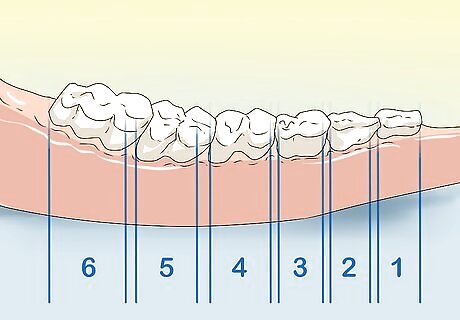
Count the number of teeth in the jaw. A deer that has five or fewer teeth in its mouth is a fawn. Typically a deer will have four teeth if it's 5 to 6 months old and five teeth if it's 7 months old to one-year-old. Once the deer is over a year old, it will develop its sixth tooth.
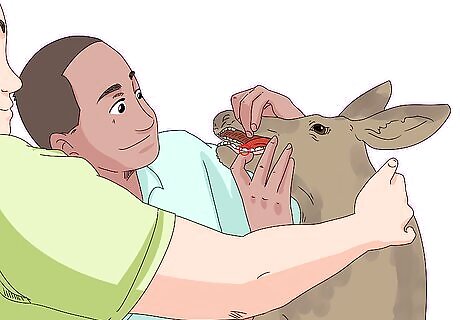
Look at the third tooth in the deer's mouth. If the deer is under a year old, its third tooth will be a tricuspid, or have three cusps that form a single tooth. This tricuspid will look worn down until it falls out to be replaced by a permanent bicuspid, or a tooth that has two ridges.
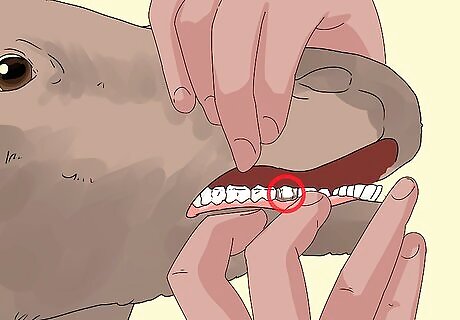
Examine the coloring on the third tooth. If the third tooth is bicuspid, it could still be a younger deer. If the coloring is lighter on its third tooth, or the tooth is just starting to develop, the deer is a little older than one year old. If the third tooth is the same color as the rest of the teeth, the deer could be anywhere between 2.5 years old to a fully matured deer.
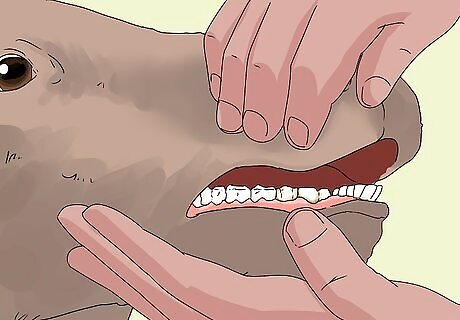
Look at the enamel on the teeth. As a deer starts to age, the enamel on its teeth will start to wear away and the teeth will start to brown. Fully matured deer will have most of the enamel on their teeth worn away at this point. If the teeth look worn down, there's a good possibility the deer is over five years old.















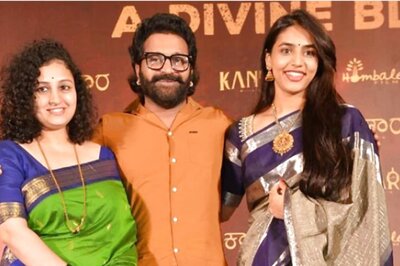




Comments
0 comment